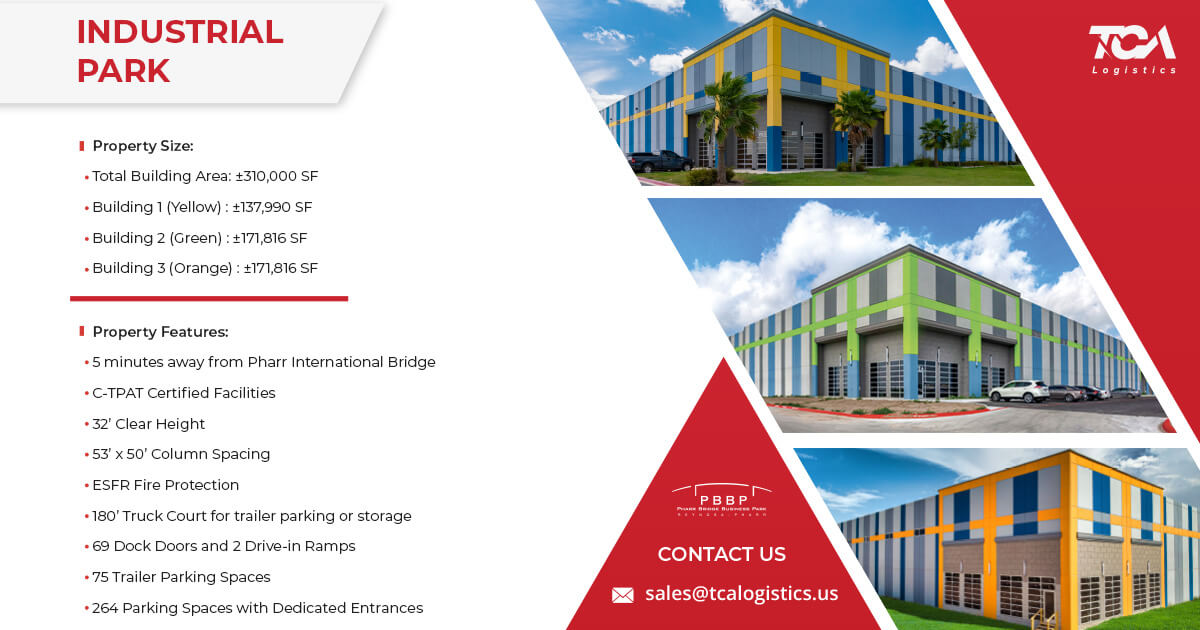Texas Border Business
By Dr. M. Ray Perryman, The Economist
Texas metropolitan areas are leading the way in employment growth, claiming two of the top three spots in the nation in job gains between June 2017 and June 2018. Based on US Bureau of Labor Statistics (BLS) estimates of the 12-month change in nonfarm employment in metropolitan areas with over one million residents as of 2010, the huge New York-Newark-Jersey City area had the largest change, with 117,400 net new jobs.
Dallas-Fort Worth-Arlington ranked second in employment change, with an increase of 109,400, and Houston-The Woodlands-Sugar Land was third with 94,600. Los Angeles-Long Beach-Anaheim was next, with an increase of 83,400.
The fact that greater Dallas and greater Houston were so near the top is particularly impressive considering the difference in the size of the various metropolitan areas. Employment levels in the New York-Newark-Jersey City area and Los Angeles-Long Beach-Anaheim area (at 9.9 million and 6.1 million, respectively) are multiples of Dallas-Fort Worth-Arlington (3.7 million) and Houston-The Woodlands-Sugar Land (3.1 million), yet the Texas areas ranked right alongside them in the number of jobs added. In fact, the combined expansion in Texas’ two largest urban centers exceeded that of the East and West Cost behemoths.
Looking at the gains in percentage terms indicates the fastest rate of growth. Austin-Round Rock saw a 3.4% gain for an employment increase of 35,700 between June 2017 and June 2018, second only to Orlando-Kissimmee-Sanford (up 3.6%). The greater Houston area compared well in terms of growth rate with a gain of 3.1%, while greater Dallas came in at 3.0%. A few other large metropolitan areas had increases over 3%, but many were closer to 1%. The other Texas metropolitan area with more than a million residents, San Antonio-New Braunfels, added 15,500 (a gain of 1.5%), which ranked near the middle of the pack.
A variety of factors are contributing to the strong performance of Texas’ large population centers. Dallas-Fort Worth-Arlington’s job gains were driven by professional and business services and mining, logging, and construction in greater Dallas, with expansion on the Fort Worth side of the Metroplex, concentrated in leisure and hospitality and trade, transportation, and utilities. The Houston area saw a large surge of employment in the professional and business services segment, as well as construction (due in part to the continued rebuilding from Hurricane Harvey). For Austin-Round Rock, professional and business services also led the way.
New Texas jobs run the spectrum from technology to finance to manufacturing to energy and most things in between. The strong performance of Texas’ largest population centers is complemented by notable gains in a number of smaller metropolitan areas, and the result is impressive job growth across the Lone Star State.
______________________________________________________________________
Dr. M. Ray Perryman is President and Chief Executive Officer of The Perryman Group (www.perrymangroup.com). He also serves as Institute Distinguished Professor of Economic Theory and Method at the International Institute for Advanced Studies.













